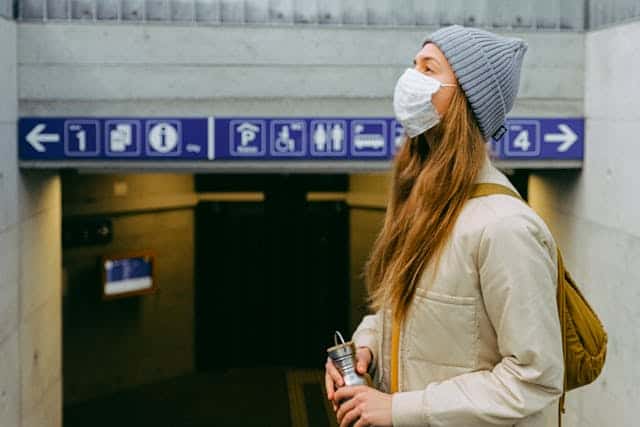
Changes in physical activity and sedentary behaviour following geriatric rehabilitation in older adults with stroke
May 22, 2025
Assessing Physical Activity and Sedentary Behavior in People With Mental Illnesses: Do Actigraphy and Daily Self-Report Measures Agree?
June 5, 2025A new study entitled “Physical Activity and Sedentary Behaviour in People with Long COVID: A Follow-Up from 12 to 18 Months After Discharge” was recently published in Journal of Clinical Medicine. A citation and summary is included below.
ABSTRACT
Background/Objectives: Long-term effects of post-COVID-19 on several health outcomes remain unclear. We assessed PA and sedentary behaviour changes and explored behaviour-change factors twelve months post-COVID-19 in people with and without Long COVID.
Methods: A prospective cohort study followed people treated for COVID-19 in different settings (home, hospital ward, intensive care unit) from twelve months to eighteen months post-COVID-19. Participants with and without Long COVID were identified. PA (Light PA-LPA, Moderate-to-Vigorous PA-MVPA, Steps·day−1), sedentary time, functional capacity (six-minute walk test-6MWT), muscle strength (quadriceps maximal voluntary contraction-QMVC), dyspnoea (modified Medical Research Council scale-mMRC), fatigue, symptoms of anxiety and depression, and health-related quality of life-HRQoL were assessed.
Results: Among 148 participants (58 ± 15 years, 54% male), 101 had Long COVID. All remained physically inactive. People with Long COVID significantly increased LPA (LPALongCOVID +28 [1; 55] min·day−1; LPAControls +6 [−32; 45] min·day−1), and decreased MVPA (MVPALongCOVID −4 [−7; −2] min·day−1; MVPAControls −4 [−8; 1] min·day−1) and sedentarism (SedentarismLongCOVID −47 [−89; −4] min·day−1; SedentarismControls −30 [−88; 28] min·day−1). At eighteen months, higher proportions of individuals with Long COVID had impaired 6MWT (17% vs. 0%), reduced QMVC (25% vs. 6%), dyspnoea (24% vs. 0%), fatigue (67% vs. 13%), symptoms of anxiety (47% vs. 9%) and depression (26% vs. 0%) as well as poor HRQoL (50% vs. 6%). PA and sedentary behaviour changes at eighteen months were associated with dyspnoea and impaired QMVC at twelve months (LPA: mMRC ≥ 2: −41.56 [−129.30; 46.00] min·day−1, Steps·day−1: mMRC: −416.13 [−1223.83; 391.57]; QMVC ≤ 70% predicted: −1251.39 [−2661.69; 158.91], Sedentarism: mMRC ≥ 2: +47.21 [−90.57; 184.99] min·day−1; 0.24 ≤ R2 ≤ 0.32).
Conclusions: PA and sedentary behaviour remain altered long after COVID-19, with people with Long COVID adjusting to fit lower PA levels, possibly driven by physical limitations and symptoms. Dyspnoea and muscle weakness may influence PA and sedentary behaviour.
CITATION
Diciolla, N. S., Ampuero-López, A., Marques, A., Jiménez-Martín, A., García-De Villa, S., Torres-Lacomba, M., & Yuste-Sánchez, M. J. (2025). Physical Activity and Sedentary Behaviour in People with Long COVID: A Follow-Up from 12 to 18 Months After Discharge. Journal of Clinical Medicine, 14(11), 36-41. https://doi.org/10.3390/jcm14113641
Photo by Anna Shvets on pexels




